History does not merely exist in the past; it also shapes the present. Every time people try to depict historical events, the way such events are portrayed influences dialogues and understandings of current events. This is why it is important that movie studious use their platforms responsibly.
Unfortunately, the one thing consistent about historical movies is how ahistorical they can be. Sometimes these changes are benign attempts to heighten the drama or make a simpler narrative. However, certain movies misrepresent the past in ways that can be dangerous.
The Birth of a Nation (1915)
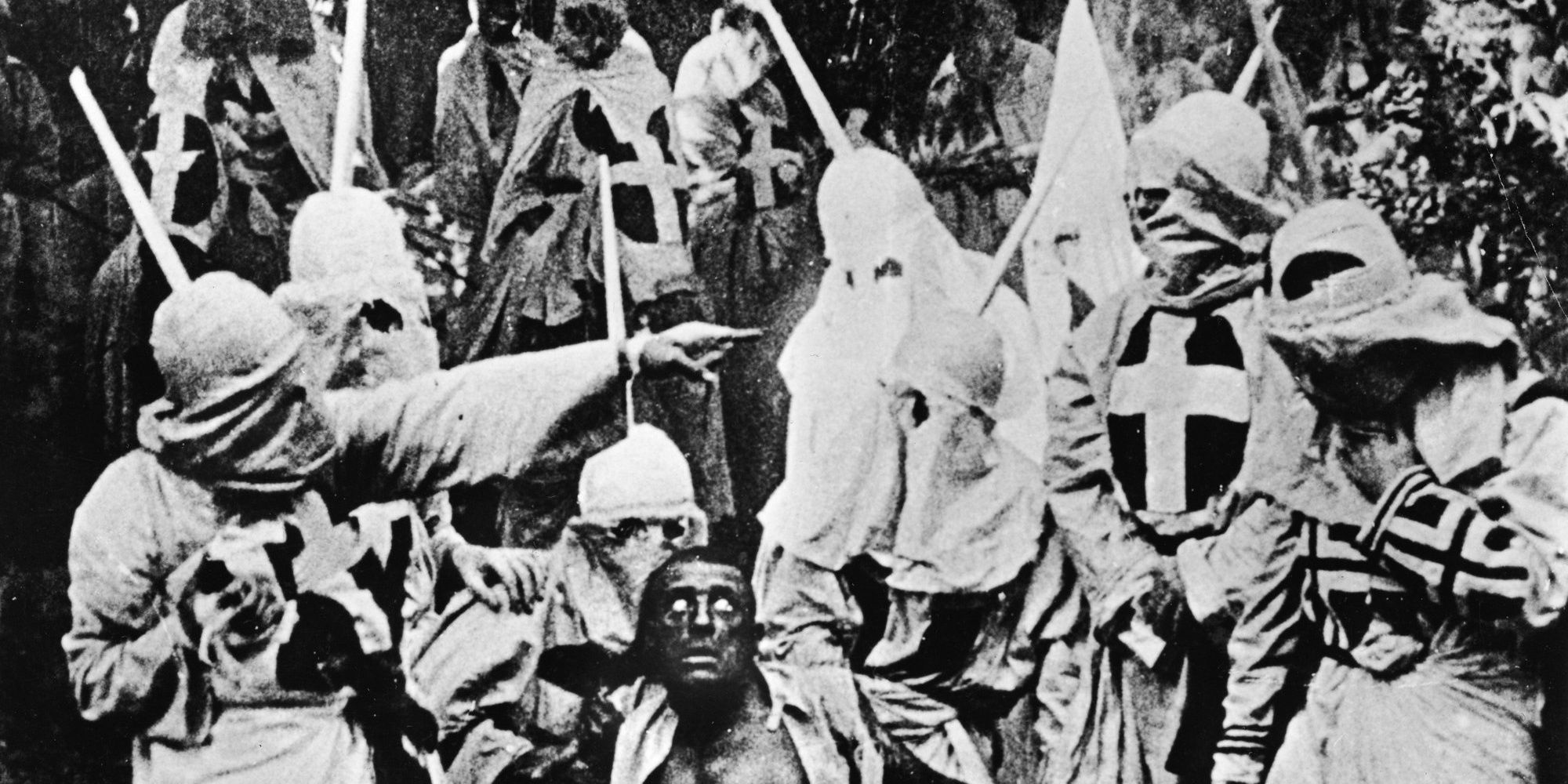
The Birth of a Nation glorifies the Ku Klux Klan as the salvation of (white) American virtue. It was the first film ever shown in the White House, and the movie’s racist propaganda inspired thousands of Americans to show their patriotism by joining the KKK. The film (in)famously shows a Black character (played by a white actor in blackface) who preys on a white woman, then heroically frames the KKK for lynching this man.
Its depiction of the Civil War and the ensuing Reconstruction are inaccurate, especially the ahistorical “Lost Cause” reinterpretation of the American South and its motivations for sparking the American Civil War. Beyond its glorification of white supremacist terrorists, The Birth of a Nation perpetuates the racist stereotype that Black men are sexually more violent, which continues to contribute to today’s prejudice against African-Americans in the form of lynching, mass incarceration, and more.
Anonymous (2011)

Every so often, a theory emerges that William Shakespeare might not have authored his plays. Some scholars believe his wife assisted him, while others claim his friend-turned-rival Kit Marlowe co-wrote some productions. This led to conspiracies that Shakespeare did not write any of his plays – conspiracies that are just flat-out 100% wrong. If only someone told that to the crew working on Anonymous.
Anonymous posits that Edward de Vere, the 17th Earl of Oxford, was the “real Shakespeare,” with William only stealing the credit. This theory is not new and has been discredited long before the film was even greenlit.
The Patriot (2000)
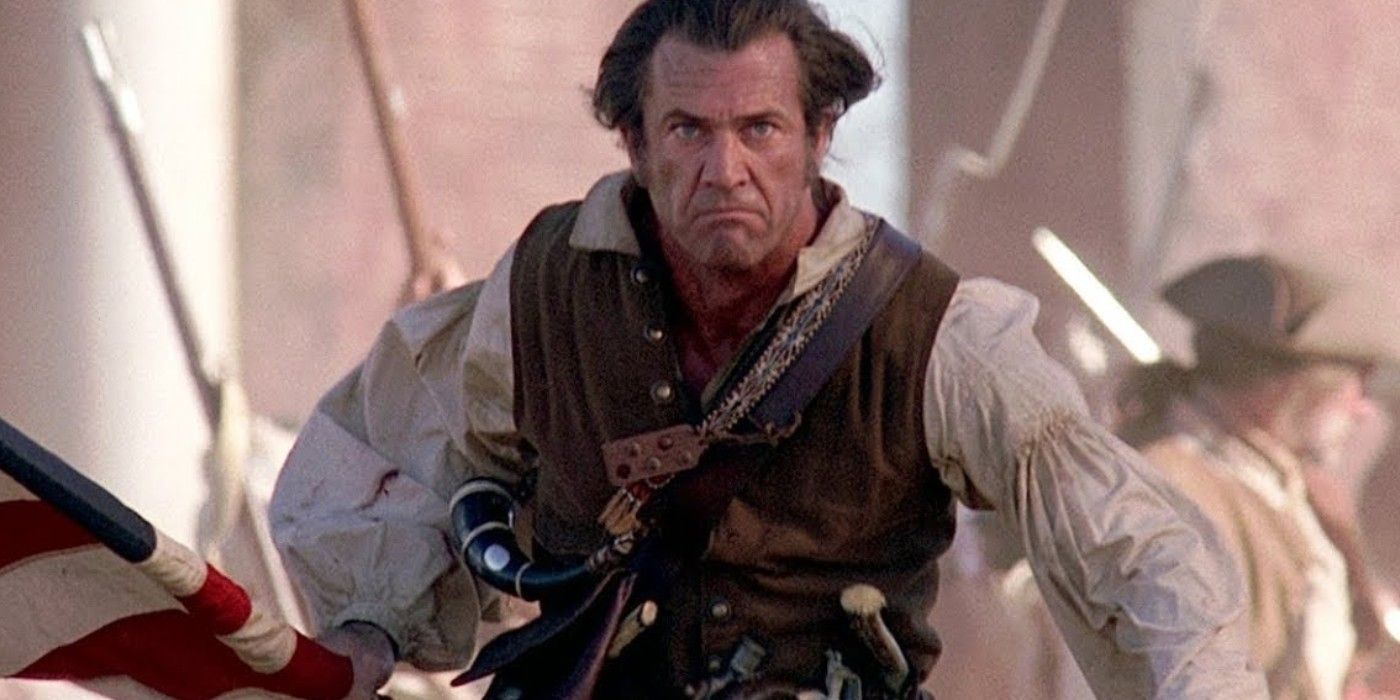
There is nothing remotely historical about The Patriot, besides the weapons and costumes. Everything from the battles to the soldiers’ motives is so poorly handled that the script should have been loaded into a cannon and fired at the director. What makes The Patriot particularly dangerous is how it reinvents American revolutionary history.
Set in South Carolina, The Patriot erases almost all signs of racial oppression, having only three racist characters despite racism being the era’s norm. In reality, Colonial South Carolina denied freedom to nearly half its population. The Patriot denies the existence of these people’s suffering to spare white audiences from these uncomfortable truths. Unsurprisingly, The Patriot was helmed by Anonymous’ director Roland Emmerich and starred the controversial Mel Gibson, who appears thrice here.
Apocalypto (2006)

Apocalypto was directed by Mel Gibson, who seemed determined to depict the Maya civilization as a bunch of bloodthirsty murderous slavers obsessed with widespread human sacrifice. Yes, the Maya did practice human sacrifice. However, the kind of sacrifices shown here and the scale on which it was practiced are in keeping with the Aztecs, not the Maya. By conflating two different peoples and cultures, Gibson shows little regard for the identities of those he is portraying.
Apocalypto also ends with the arrival of Spanish ships. While Spanish Conquistadors did wipe out the last the great Maya cities, the vast Maya Empire seen here went into decline a full six centuries earlier.
300 (2006)
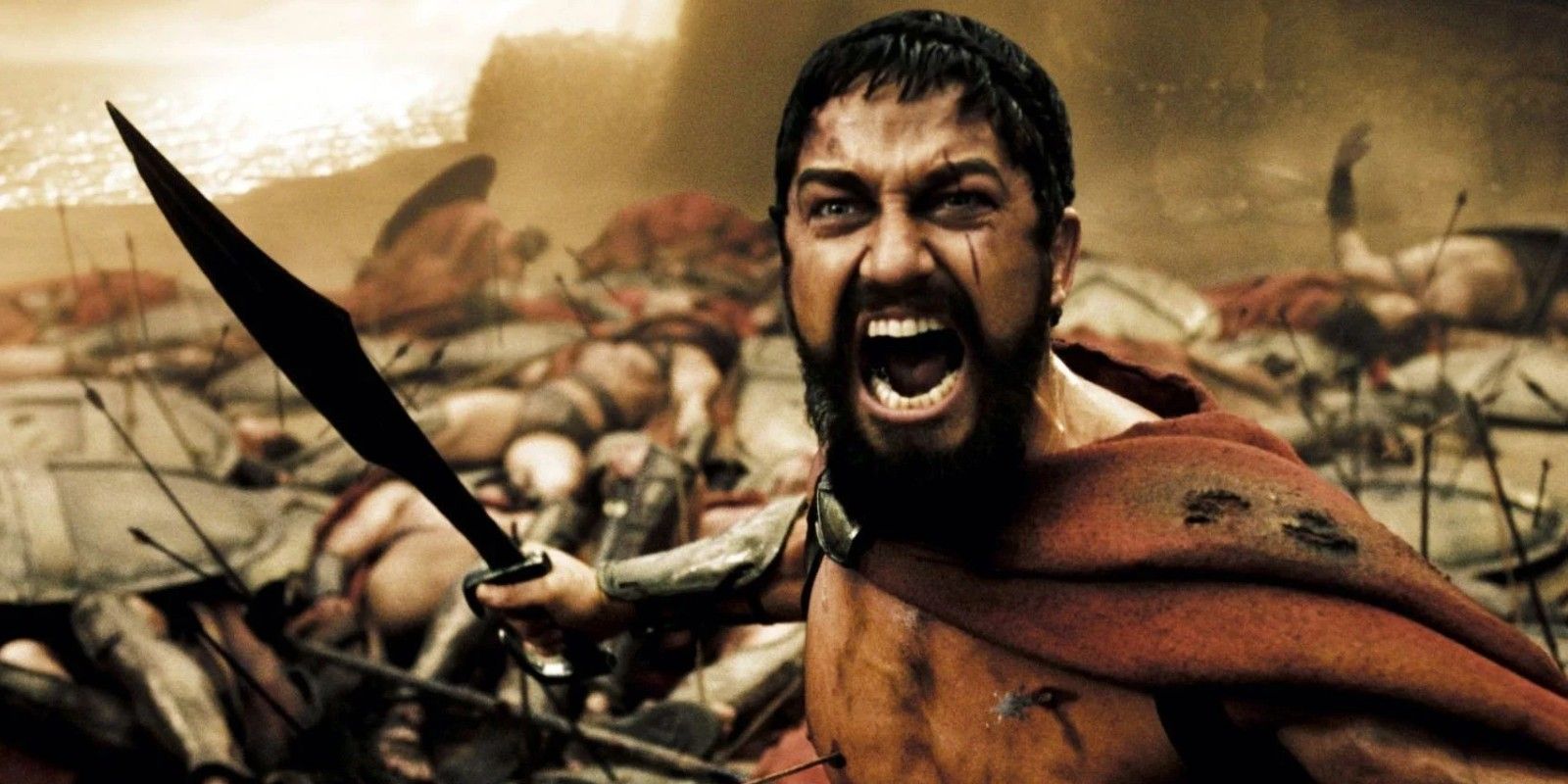
The Battle of Thermopylae took place in 480 BCE when a force of 300 Spartans (and a few thousand other Greeks) held off a larger Persian army. Modern historians believe the Persian army numbered a few hundred thousand, though the movie says it was a million-strong. The Spartans were a great warrior society and this was one of the great battles of the ancient world. Unfortunately, white supremacists have used this story of a small group of Europeans fending off Middle Eastern invaders to reinforce their beliefs – and 300 fully embraces this narrative.
Here, Persians are depicted as monstrously deformed while also being an empire comprised of non-Europeans who are gathered in one big scary foreign mass of barbarians. Their elite fighters, “The Immortals,” are dehumanized as dark pointy-toothed demons. Their king, Xerxes, is effeminate and clean in contrast to the manly and gruff Spartan king Leonidas. In real life, the Persian Empire was a great civilization that surpassed the Greeks. Truth be told, the Spartans just chose a strong defensible location.
Jud Süß / Süss the Jew (1940)
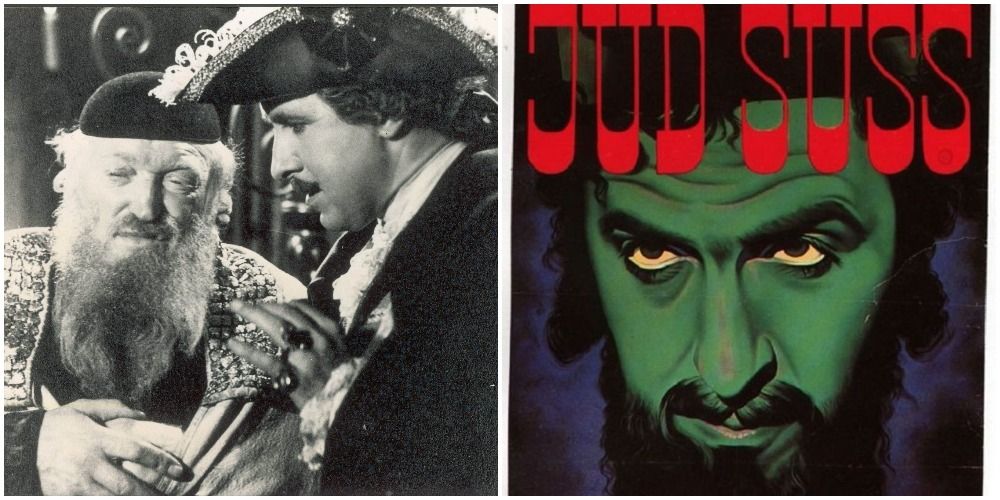
Jud Süß (or Süss the Jew in English) is literal Nazi propaganda. The film is one of three oft-cited examples of how the Nazis used film to promote antisemitic falsehoods.
The titular character, Süß, is (very) loosely based on the historical Jewish courtier Joseph Süß Oppenheimer who served Duke Karl Alexander of Württemberg. The film slanders Süß by portraying him as a conniving, lying, manipulative, greedy sneak, and depicts other Jews as rat-like and filthy. It is impossible to list all of the offensive anti-Semitic stereotypes here. Just know that Himmler insisted German police and SS members see it.
Mulan (2020)

It is uncertain whether there really was a Mulan. Her story is based on a classic Chinese poem, The Ballad of Hua Mulan, written in the 4-6th Century BCE. As such, it makes no sense that the live-action remake shows her opposing the Invasion of the Rourans in the 4th Century CE; almost a millennium after her era. The architecture, clothing, weapons, and other elements of Chinese culture are drawn from many different regions and eras, which can perhaps be explained by the screenplay’s four non-Chinese writers.
However, the cultural insensitivity got past China’s censors because they wanted Mulan for a more nefarious purpose: the promotion of the suppression of “dissidents” in China. As the film critic Accented Cinema has noted, Mulan does not end with a message of empowerment, but one of subservience to the emperor and the state. Additionally, Mulan actually thanks the Xinjiang security forces (which are responsible for the genocidal oppression of the Uighurs) for helping make the film possible.
Pocahontas (1995)
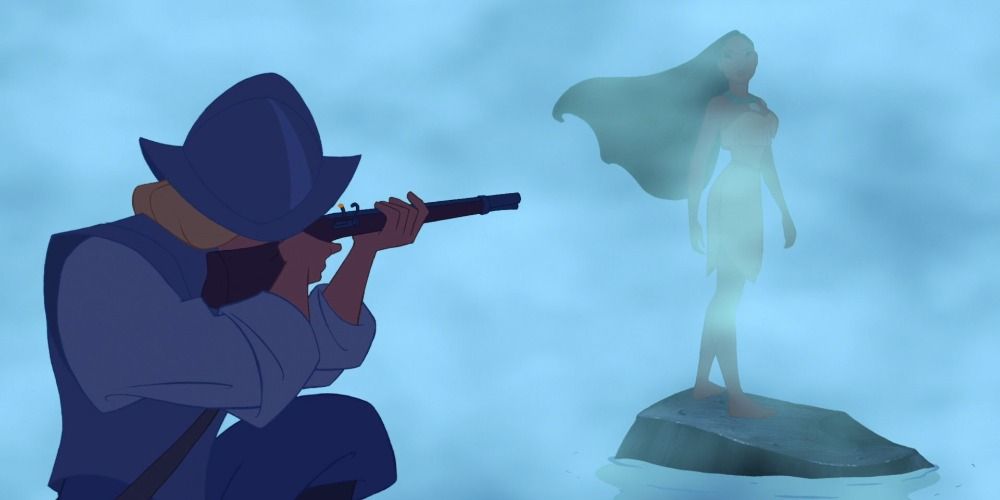
Disney’s Pocahontas attempted to respectfully depict Native American culture. It failed. The historical Powhatan (known to history as Pocahontas) was a child, not a young woman, while John Smith was a grizzly bearded ex-pirate with a penchant for killing Ottoman Turks.
Pocahontas is a hodgepodge of Native American stereotypes that attempts to soothe white guilt by directly equating the Powhatan people and their allied tribes with the bigoted Europeans. In short, Disney tried to turn a story of child abduction into a romance while blaming indigenous peoples for the ensuing genocide that destroyed them. But hey, “Colors of the Wind” was a catchy song, right?
Gone with the Wind (1939)
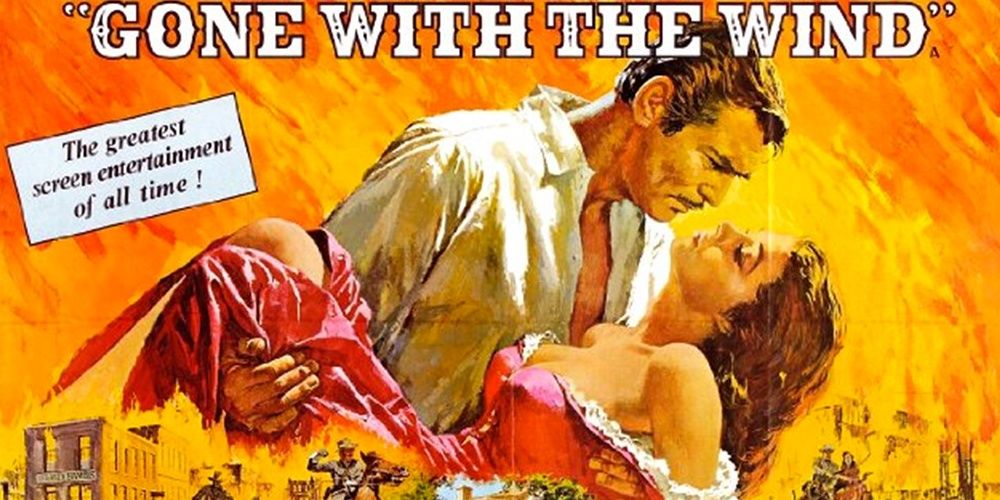
For a long time, Gone with the Wind was heralded as one of the great films of cinematic history. Unfortunately, like many films about the American Civil War and Reconstruction, it depicts the events in some problematic ways.
While all the white people are beautiful and dainty, their Black slaves are shown as loyal and happy workers rather than abused victims subjected to forced labor. There is also a scene depicting marital rape which has really not aged well. Similar to The Birth of a Nation, Gone With The Wind romanticizes the Civil War-era South, glossing over the racism and atrocities committed by the Confederacy before, during and after the war.
The Passion of the Christ (2004)
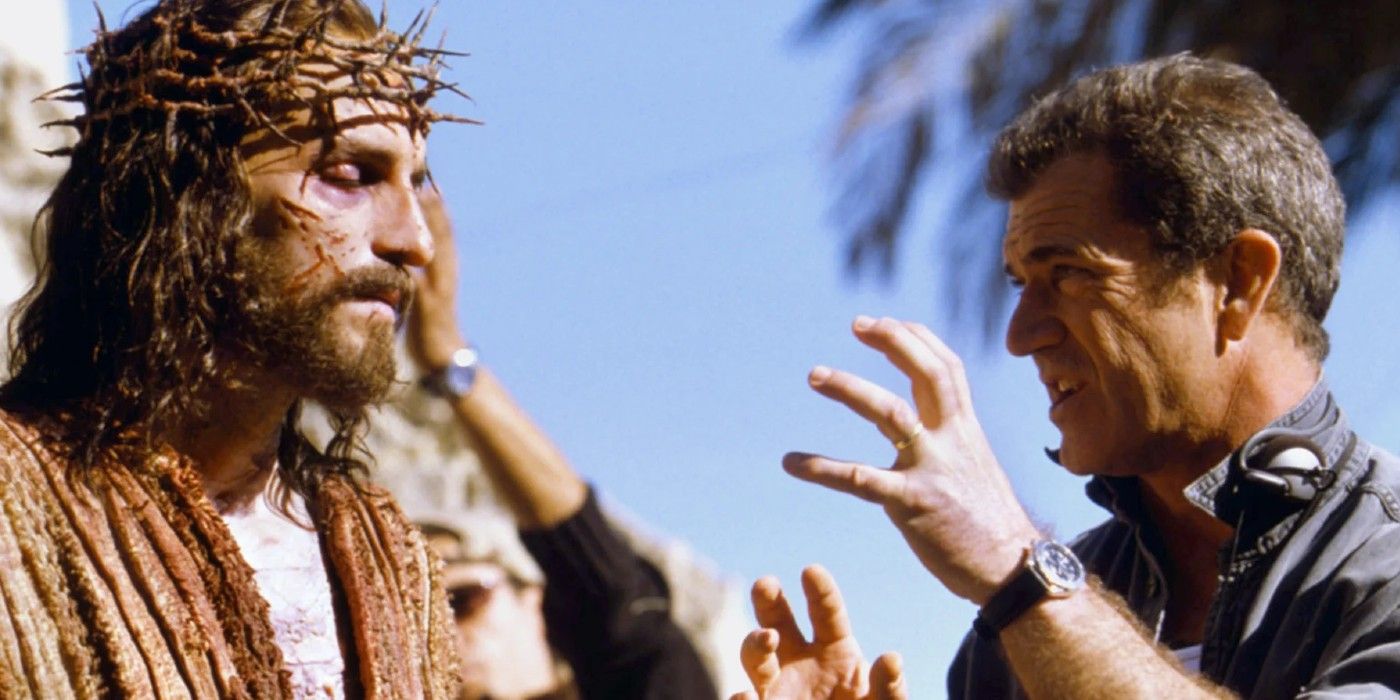
As he stated in interviews, Mel Gibson made this modern-day Biblical feature as an expression of his faith. The actors spoke in Aramaic, the form of Hebrew used during the Roman occupation of Judea, but this doesn’t make a movie historically accurate. While there are numerous films about the life (and death) of Jesus of Nazareth, Gibson’s film was based on the medieval Passion plays that were used to stir up antisemitism.
Whether or not Jesus was real, The Passion of the Christ unambiguously blames His death on the Jews. It would seem that Gibson’s faith (as presented in the film) is less about the kindness and generosity that Jesus taught and more about using grotesquely violent imagery to vilify the Jewish people.





